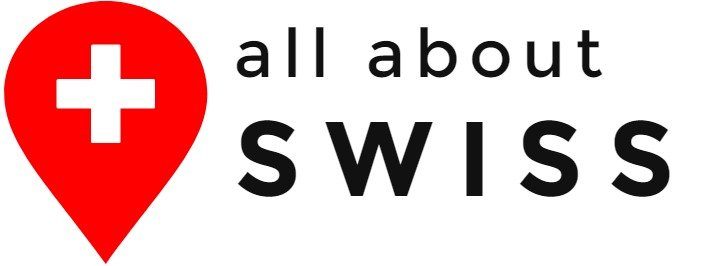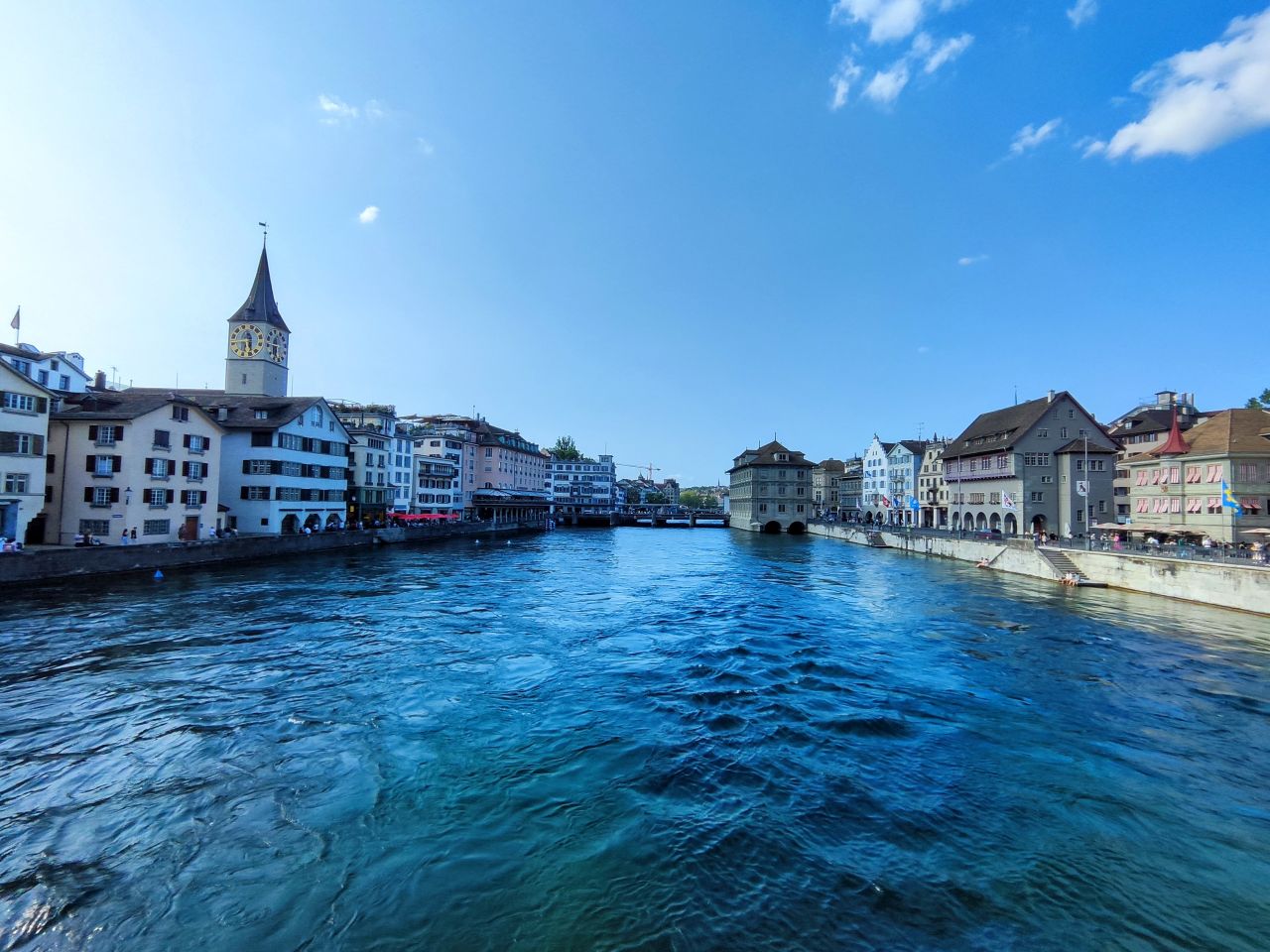Switzerland, with its stunning Alpine landscapes, charming towns, and rich culture, is a popular destination for travelers seeking both adventure and relaxation. To make the most of your trip, it’s helpful to know some travel essentials, including how to navigate Swiss public transportation, tips for driving, currency information, and language basics. This guide provides a comprehensive overview to ensure your Swiss adventure is smooth and enjoyable.
Overview of Swiss Public Transportation (SBB Trains, Buses, Trams)
Switzerland is famous for its efficient, reliable, and well-integrated public transportation system. With an extensive network of trains, buses, trams, and ferries, you can easily reach every corner of the country using public transport.
1. SBB Trains
Swiss trains, operated by the Swiss Federal Railways (SBB), are the backbone of Switzerland’s public transportation. The train network connects cities, towns, and mountain villages, and offers scenic routes like the Glacier Express and Bernina Express.
- Frequency and Punctuality: Trains are frequent, especially between major cities like Zurich, Geneva, Lucerne, and Bern. The Swiss rail system is renowned for its punctuality, so be sure to arrive on time.
- Types of Trains: The SBB operates various train types, including InterCity (IC) trains for fast connections between cities, RegionalExpress (RE) trains for interregional travel, and local trains connecting smaller towns.
2. Buses and Trams
In cities like Zurich, Geneva, and Basel, buses and trams provide easy access to local neighborhoods, attractions, and shopping areas. The Swiss PostBus network extends public transport to remote villages and mountain areas.
- Trams: Found in most major cities, trams are convenient, frequent, and offer a pleasant way to explore urban areas.
- Buses: Available nationwide, including in rural regions, buses connect train stations, towns, and smaller communities.
3. Ferries and Boats
Switzerland’s numerous lakes provide an additional travel option via boat services. Ferries connect lakeside towns, and sightseeing cruises are available on Lake Geneva, Lake Zurich, and Lake Lucerne.
How to Get a Swiss Travel Pass or Regional Travel Passes
The Swiss Travel Pass and regional passes offer unlimited travel on the Swiss public transport network, making them excellent options for tourists.
1. Swiss Travel Pass
The Swiss Travel Pass provides unlimited travel on trains, buses, and boats throughout Switzerland. It also covers scenic routes like the Glacier Express and offers free or discounted entry to over 500 museums and attractions.
- Types: Available for 3, 4, 8, or 15 consecutive days.
- Perks: Pass holders get free travel on premium scenic routes and free mountain excursions like the Rigi, Schilthorn, and Stanserhorn.
- Pricing: Prices vary by duration and class (1st or 2nd). A 3-day pass in 2nd class costs approximately CHF 232 for adults, with discounts for youth, children, and Swiss Half Fare Card holders.
2. Swiss Half Fare Card
The Swiss Half Fare Card offers a 50% discount on nearly all public transportation and is ideal for travelers who prefer to pay for individual trips instead of buying an unlimited pass. It’s valid for one month and costs around CHF 120.
3. Regional Travel Passes
If you’re planning to explore one specific region, regional passes can be more cost-effective than the nationwide Swiss Travel Pass. Some popular options include:
- Tell-Pass (Lake Lucerne Region): Offers unlimited travel in Central Switzerland, including Lucerne and the surrounding mountains. Ideal for lake cruises, scenic train rides, and cable car trips.
- Jungfrau Travel Pass: Covers the Jungfrau region, offering access to scenic areas around Interlaken, Grindelwald, and the Jungfraujoch.
- Bernese Oberland Regional Pass: Allows access to trains, buses, boats, and mountain excursions across the Bernese Oberland.
4. How to Buy Passes
Swiss Travel Passes and regional passes can be purchased online via the Swiss Travel System website, at major train stations in Switzerland, or from travel agencies in your home country.
Tips for Navigating Switzerland by Car and Understanding Swiss Road Rules
While public transport is exceptional, renting a car can offer more flexibility, especially if you plan to explore rural areas or less accessible Alpine villages.
1. Road Rules and Regulations
Switzerland has strict road regulations that prioritize safety. Here are some important rules to know:
- Speed Limits: The general speed limit is 50 km/h in cities, 80 km/h on rural roads, and 120 km/h on highways.
- Seat Belts: Seat belts are mandatory for all passengers.
- Driving Age: The minimum driving age is 18, and you must hold a valid driver’s license. International licenses are recommended if your license is not in a common European language.
- Right of Way: Vehicles coming from the right have the right of way unless otherwise indicated.
2. Highway Vignettes
All vehicles driving on Swiss highways are required to display a vignette, a toll sticker that costs CHF 40 and is valid for the calendar year. You can buy the vignette at border crossings, post offices, gas stations, or online. Heavy fines apply for driving on highways without a vignette.
3. Parking and Traffic Rules
Parking spaces are often limited and can be expensive, especially in major cities. Look for blue zones (free but time-limited with a parking disc) and white zones (paid parking). Parking in yellow zones is prohibited.
- Alcohol Limits: Switzerland has strict DUI laws, with a blood alcohol limit of 0.05%.
- Winter Driving: If traveling during winter, make sure your rental car has winter tires, as they’re required for Alpine areas.
Currency and Payment Tips for Tourists
Switzerland uses the Swiss franc (CHF), which is denoted by the symbol “Fr.” or “SFr.”. Credit cards and cash are widely accepted, but it’s useful to have some Swiss francs on hand for small purchases.
1. Currency Exchange
Swiss francs can be obtained at airports, banks, and currency exchange offices. ATMs are widely available and often offer the best exchange rates, especially if you use a debit card with low foreign transaction fees.
2. Credit Cards and Contactless Payment
Most restaurants, hotels, and shops accept major credit cards (Visa, MasterCard, American Express). Switzerland is a cash-friendly country, but contactless payments and mobile wallets like Apple Pay and Google Pay are also widely accepted.
- Tips for Card Usage: Some establishments may have a minimum card payment amount, so carrying cash for smaller purchases is advised.
3. Tipping Culture
Tipping in Switzerland is optional, as a service charge is usually included in the bill. However, it’s common to round up or leave a small tip for excellent service, such as rounding up to the nearest franc at restaurants or leaving a 5-10% tip for exceptional service.
Switzerland’s Four Languages and How to Communicate as a Tourist
Switzerland is a multilingual country with four official languages: German, French, Italian, and Romansh. The language spoken typically depends on the region you’re visiting.
1. Language Breakdown by Region
- German: Predominant in the central and eastern regions, including Zurich, Lucerne, and Bern.
- French: Spoken in the western regions, including Geneva and Lausanne.
- Italian: Used in the southern region of Ticino, close to the Italian border.
- Romansh: Spoken in some parts of the canton of Graubünden, but only by a small percentage of the population.
2. Communicating in English
English is widely spoken in cities, hotels, and tourist areas, especially among younger people and those working in the tourism industry. Basic English is often enough for most travel needs, but learning a few words in the local language is appreciated by the Swiss and can enhance your experience.
3. Basic Phrases to Know
| Language | Hello | Thank You | Excuse Me | Goodbye |
|---|---|---|---|---|
| German | Hallo | Danke | Entschuldigung | Auf Wiedersehen |
| French | Bonjour | Merci | Excusez-moi | Au revoir |
| Italian | Ciao/Salve | Grazie | Scusi | Arrivederci |
| Romansh | Allegra | Grazia | Pardunai | A revair |
Best Times of Year to Visit Switzerland for Various Activities
Switzerland offers something special in every season, from winter skiing to summer hiking. Here’s a seasonal breakdown to help you plan the best time to visit.
1. Winter (December – February)
Winter is the best season for snow sports like skiing, snowboarding, and snowshoeing. Swiss resorts, especially in the Alps, are some of the world’s top winter destinations.
- Best Ski Resorts: Zermatt, St. Moritz, and Verbier.
- Other Highlights: Christmas markets in Zurich, Lucerne, and Montreux, and New Year’s celebrations in major cities.
2. Spring (March – May)
Spring in Switzerland brings blossoming flowers, greener landscapes, and a mild climate. It’s a quieter time, with fewer crowds and lower prices.
- Best Activities: Sightseeing, hiking in lower elevations, and enjoying outdoor cafes and gardens.
- Events: The Sechseläuten festival in Zurich and International Jazz Festival in Bern.
3. Summer (June – August)
Summer is peak season for outdoor activities, from hiking and mountain biking to boating on lakes. It’s also the busiest season, so be prepared for higher prices and crowds in popular areas.
- Best Activities: Hiking in the Bernese Oberland, scenic lake cruises, and visiting mountain villages like Grindelwald.
- Events: The Montreux Jazz Festival on Lake Geneva and Swiss National Day celebrations on August 1.
4. Fall (September – November)
Fall is an ideal time for wine lovers, as Swiss vineyards are particularly beautiful during the harvest season. It’s also a great season for hiking and enjoying the golden autumn colors.
- Best Activities: Wine tasting in the Lavaux vineyards, hiking, and sightseeing with fewer tourists.
- Events: The Fête des Vendanges (Grape Harvest Festival) in Neuchâtel and Alpabzug (cows returning from mountain pastures) events in rural areas.
Conclusion
In conclusion, Switzerland is a destination that offers ease of travel, diverse cultural experiences, and a variety of seasonal activities. With excellent public transportation, reliable car rental options, multilingual locals, and a range of travel passes to simplify your journey, exploring Switzerland’s cities, mountains, and charming villages is a straightforward and enjoyable experience. Whether you’re planning a winter ski trip, a summer hiking adventure, or a relaxed fall escape, Switzerland welcomes you with beauty and efficiency, making it a memorable destination for any traveler.

Hi, I’m Laura — a travel writer with a thing for Switzerland and Central Europe. I write practical, down-to-earth guides that help people get the most out of their trips, whether they’re navigating mountain trains in the Alps or finding the best cafés in small Czech towns. I’m based in Zurich, but I’m often on the road, notebook in hand, chasing great views, good food, and local stories. My goal? To make travel feel less overwhelming and way more fun.

